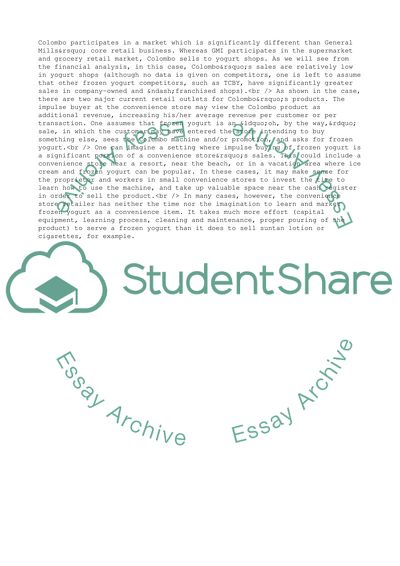Cite this document
(Activity Based Costing of Columbo Yogurt Case Study, n.d.)
Activity Based Costing of Columbo Yogurt Case Study. Retrieved from https://studentshare.org/business/1711437-activity-based-costing
Activity Based Costing of Columbo Yogurt Case Study. Retrieved from https://studentshare.org/business/1711437-activity-based-costing
(Activity Based Costing of Columbo Yogurt Case Study)
Activity Based Costing of Columbo Yogurt Case Study. https://studentshare.org/business/1711437-activity-based-costing.
Activity Based Costing of Columbo Yogurt Case Study. https://studentshare.org/business/1711437-activity-based-costing.
“Activity Based Costing of Columbo Yogurt Case Study”. https://studentshare.org/business/1711437-activity-based-costing.


